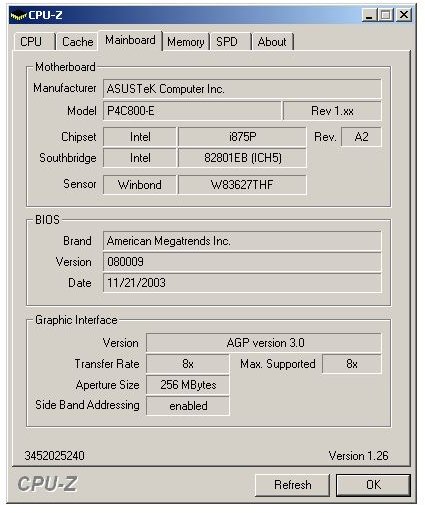Use a Motherboard Identification Utility to Identify a Motherboard
Identifying Your Mobo
Upgrading to a new computer is an exciting, frightening, and sometimes frustrating experience. If you’re building your own computer, these feelings may be more enhanced, as you may need to replace everything, depending on the type of motherboard you get.
If this is your first time building a computer, your journey may be a slower, as you will need to research everything before you go out to purchase your components. One of the first steps, after taking stock of what you currently have, is to find out what kind of motherboard you have. This is extremely important as motherboards can be as different as night and day. There are a couple of ways of finding out what your motherboard is, each listed from beginner to expert.
Motherboard Steps
CPU-Z
If this is your first time replacing a motherboard or the first time you’ve built a computer, an easy way of discovering your motherboard type is by downloading a utility called CPU-Z. CPU-Z is a tool that identifies some of the main components of a computer system, like the processor, the motherboard, memory, and the system itself. For our purposes, the tab that we’re interested is the ‘motherboard’ tab.
This tab gives the name of the manufacturer of the motherboard such as ASUS or Bio-Star, the model number, and the BIOS version. These are important when comparing what your current system is running, as well as looking up information on the manufacturer’s website. It’s also useful in discovering if perhaps you just need to update your BIOS (indicated by the version number) and not replace your motherboard.
The website and the tool can be found here.
Taking a look inside
For those that may know what they’re looking for - and how to find it - you can open the computer case and see if you can tell what your motherboard is. Most will have the manufacturer’s name, revision number, and the model number. Again, this is especially helpful in the case that all your computer needs is an update to the BIOS itself and not an actual replacement of the board itself.
Professional care
The above steps, while not hard or difficult, may be time consuming; or you may not be comfortable with trying to identify your motherboard or even opening the computer case. There is of course the option of getting a professional technician in to identify it for you. The downside here is that it will cost some money and depending on how busy the business is, it may take far longer to find the information than just doing the above.
Conclusion
There are many reasons to need to know the identification of a motherboard, especially if you are upgrading the board itself. Knowing the manufacturer and BIOS helps in knowing the type of board you have now, which can help in the decision of getting a new board. Also, having this information is helpful if looking to update the current board’s BIOS or if you need to contact that the manufacturer about an issue you are having.
Finding out the information needn’t be hard either. The easiest way is to use the utility, CPU-Z.
